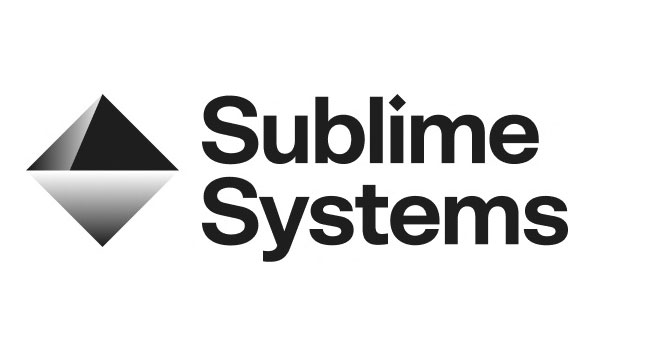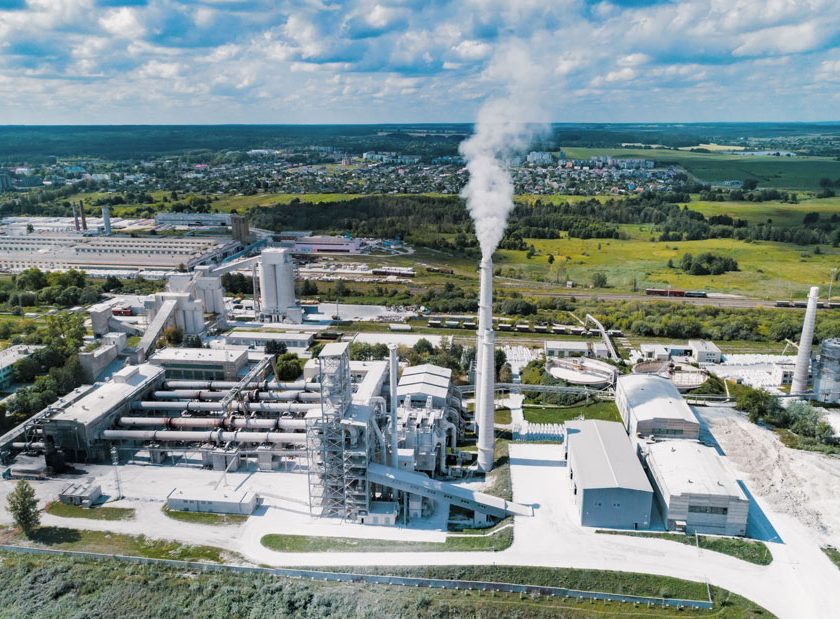In the first three months of 2018, Cementos Argos, Grupo Argos’ cement company, reported consolidated EBITDA increased 31 percent with respect to the same quarter as the prior year and stood at COP371 billion ($127.9 million). Revenues totaled COP1.9 trillion ($655.5 million) and net income totaled COP54.8 billion ($18.9 million).
The financial results are due in part to the implementation of the company’s BEST efficiency strategy, which includes the optimization of non-operational assets. This resulted in the sale of three self-generating power plants for more than $57 million in March.
The total volume of cement sold by Argos reached 3.7 million tons, 4.1 percent less than the prior-year period. Concrete volumes also decreased by 7.5 percent to 2.4 million cubic meters. These decreases are mainly due to adverse weather conditions in the United States, a large number of holidays in Colombia and the Caribbean, and a lower demand for materials used for housing construction in Colombia.
“The growth of EBITDA throughout all our regions is proof that the strategy we established is beginning to reap the benefits of the Best efficiency program and to focus our initiatives in continuing to provide the best experiences to our clients. That commitment offers us the privilege of contributing to building dreams of homes and infrastructure in all the territories where we operate,” said Juan Esteban Calle, president of Cementos Argos.
In the USA Region, cement and RMC dispatches decreased 6.8 percent and 4.1 percent, respectively, explained by heavy rainfalls in Texas and a long winter that affected the east coast of the U.S., mainly the operation in Martinsburg. As a result of weather conditions, Argos operated 61 percent of workable days during the quarter, compared with 71 percent in 1Q17.
The view for the cement and RMC market for the rest of the year remains positive, mainly boosted by the residential segment, which is expected to continue gaining momentum, supported by the solid fundamentals of the country.
In the same sense, there is optimism regarding infrastructure due to the recently approved Memorandum of Understanding that will reduce the environmental permitting process from 10 to 2 years, and the positive developments at state level, especially in Florida, where $10.8 billion were allocated to the Florida Department of Transportation 2018 – 2019 budget, to be invested in roads, bridges, airports and seaports.
With most figures showing a positive performance, the Caribbean and Central American regions reported increases of 2.5 percent in revenues and 3.6 percent in EBITDA, reaching $148 million and $50 million, respectively. Regarding cement sales, there was an increase of 11 percent mostly driven by stable volumes in Honduras and Panama, and by a positive trend in the Dominican Republic and Haiti. Concrete sales were affected to a large extent by non-working days in Panama.
In Colombia, cement and RMC volumes decreased 14.1 percent and 15.6 percent, respectively. This reflected the soft dynamic of the Colombian market, the effect of Easter Week in March and an impact of the price recovery strategy, which has been implemented gradually to reflect the rising import parity prices, as well as fuel and labor costs.



